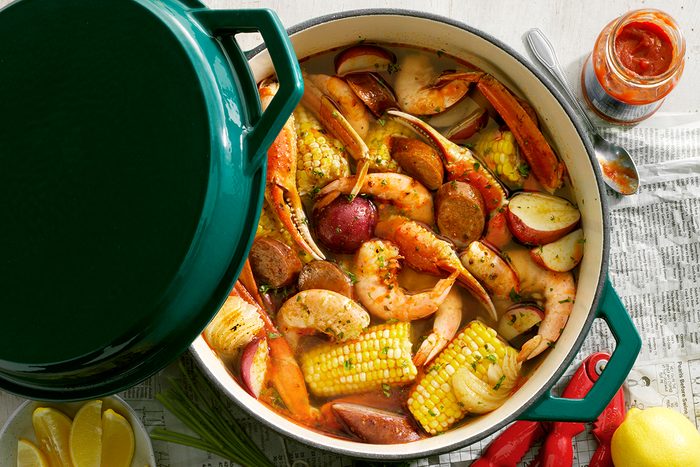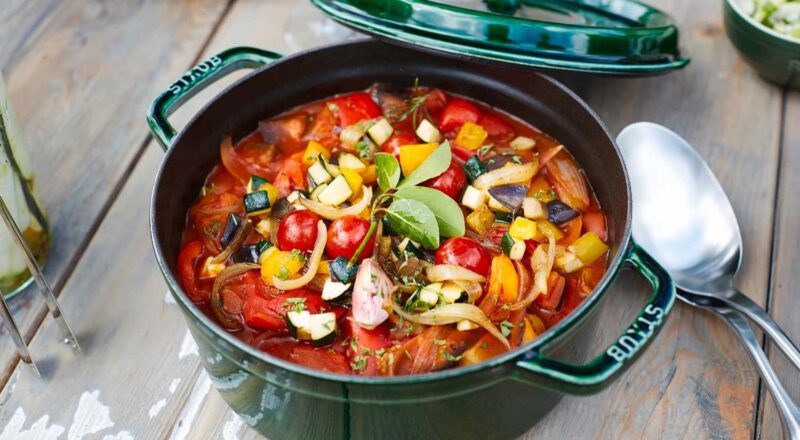In the realm of culinary arts, few tools are as versatile and beloved as the **Dutch oven**. If youve ever wondered, what is the point of a Dutch oven?, you are not alone. This robust piece of cookware has become a staple in many kitchens for its unique properties and myriad uses. In this article, we will explore the many facets of the Dutch oven, highlighting its importance and benefits.

Introduction to the Dutch Oven
The **Dutch oven** is a heavy-duty pot with thick walls and a tight-fitting lid, traditionally made of cast iron. Its designed to withstand high temperatures, making it ideal for both stovetop and oven use. The point of a Dutch oven extends far beyond its durability, bringing unparalleled benefits to your cooking experience.

Historical Background
Origins of the Dutch Oven
The history of the **Dutch oven** dates back to the 17th century in the Netherlands. It was so named due to the Dutch process of manufacturing these versatile pots. Early versions were made of brass, which later transitioned to cast iron for its superior heat-retention capabilities.
Evolution Over the Years
Over the years, the **Dutch oven** has undergone several modifications. Enamel-coated exteriors became popular, offering advantages like easier cleaning and no need for seasoning. Modern **Dutch ovens** also come in various sizes and colors, catering to aesthetic preferences as well as functional needs.

Key Features of a Dutch Oven
Material and Build Quality
The **Dutch oven**’s efficacy largely depends on its material. Traditional cast iron is lauded for its excellent heat retention and even cooking. Enamel-coated cast iron Dutch ovens provide additional benefits, such as being rust-resistant and easier to clean.
Lid Design
The lid of a **Dutch oven** is designed to fit snugly, trapping moisture and heat inside. This creates a self-basting environment, making it ideal for slow-cooked recipes and braising.
Handles and Portability
Sturdy handles on the sides of the **Dutch oven** make it easy to transfer from stovetop to oven or table. While cast iron makes these pots relatively heavy, the secure handles ensure safe handling.
Cooking Techniques
Slow Cooking
The thick walls and tight-fitting lid of a **Dutch oven** make it perfect for slow cooking, allowing flavors to meld beautifully. Think of dishes like beef stew or chili that benefit from long, slow simmering.
Baking
A **Dutch oven** is surprisingly excellent for baking, particularly for recipes requiring consistent heat. Bread baked in a Dutch oven develops a wonderfully crusty exterior while remaining tender inside.
Searing and Sauting
The high heat tolerance of a **Dutch oven** makes it ideal for searing meat before transferring it to a slower cooking method. Its wide base also makes it suitable for sauting vegetables or browning ingredients.
Specific Dishes Best Suited for a Dutch Oven
Soups and Stews
The deep pot and excellent heat retention make a **Dutch oven** perfect for preparing hearty soups and stews. The flavors develop intensely over time, making each spoonful a delight.
Breads and Baked Goods
For avid bakers, a **Dutch oven** can be a game-changer. The enclosed environment is ideal for baking bread with a crackly crust. Similarly, you can bake pies, cakes, and even casseroles.
One-Pot Meals
The versatility of a **Dutch oven** shines in one-pot meals. From risottos to pasta dishes, the even cooking environment ensures a balance of flavors and textures.
Advantages Over Other Cookware
Heat Retention
One of the primary benefits of a **Dutch oven** is its superior heat retention. This makes it excellent for slow-cooked recipes and dishes that require consistent heat.
Even Cooking
The material and construction of a **Dutch oven** allow for even heat distribution, reducing the chances of hot spots and ensuring thorough cooking.
Durability
A well-maintained **Dutch oven** can last for generations. Its robust construction and quality materials make it a reliable addition to any kitchen.
Caring for Your Dutch Oven
Cleaning Tips
Maintaining a **Dutch oven** is relatively straightforward. For example, an enamel-coated Dutch oven can be easily cleaned with hot soapy water. For more detailed cleaning tips, you can refer to how to clean dutch oven.
Storage Recommendations
Proper storage of your **Dutch oven** can extend its lifespan. Avoid stacking heavy objects on top of it to prevent chipping or cracking, especially if its enamel-coated.
Frequently Asked Questions
Can I use a Dutch oven on all stovetops?
Yes, most **Dutch ovens** are compatible with various stovetops, including gas, electric, and induction. However, always consult the manufacturers instructions for specific guidance.
How do I prevent food from sticking to my Dutch oven?
Using enough oil or butter can prevent sticking. For cast iron versions, ensuring it is well-seasoned also helps create a non-stick surface.
Is a Dutch oven worth the investment?
Absolutely. The durability and versatility of a **Dutch oven** make it a valuable investment for any kitchen. Its ability to handle a variety of cooking methods means youll use it often, making it worth the cost.
For a more in-depth look at cleaning your Dutch oven, you can check out this comprehensive guide on how to clean a Dutch oven.
Conclusion
In summary, the point of a **Dutch oven** lies in its incredible versatility, durability, and efficiency in the kitchen. Whether youre slow-cooking, baking, or preparing one-pot meals, the **Dutch oven** proves to be an indispensable tool. Its unique properties and construction offer a multitude of cooking benefits, making it a worthwhile addition to your culinary arsenal. For a wealth of helpful resources on Dutch ovens and other kitchen essentials, visit Serious Eats.
As an Amazon Associate, I earn from qualifying purchases.

